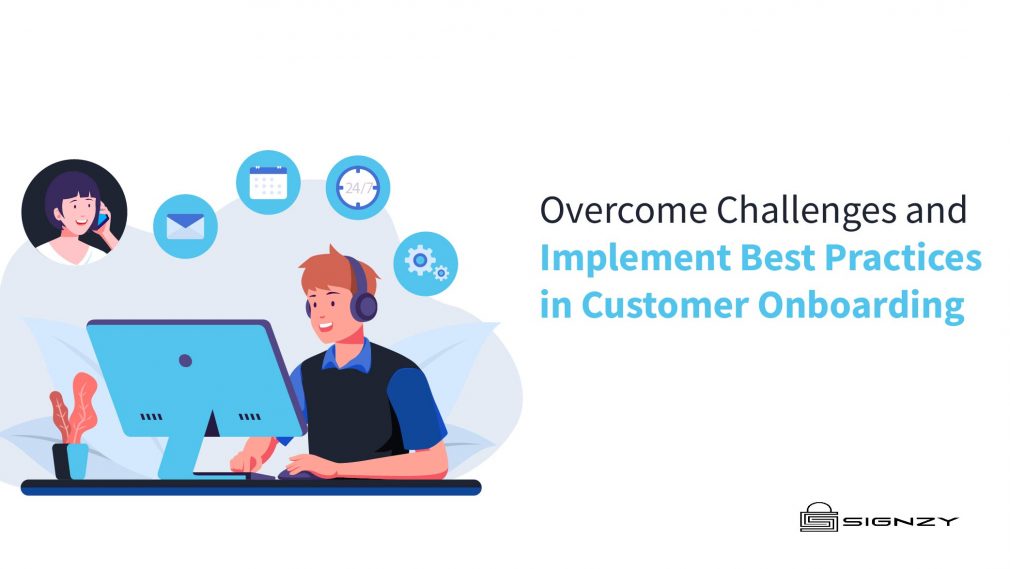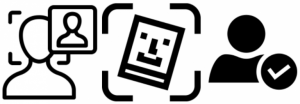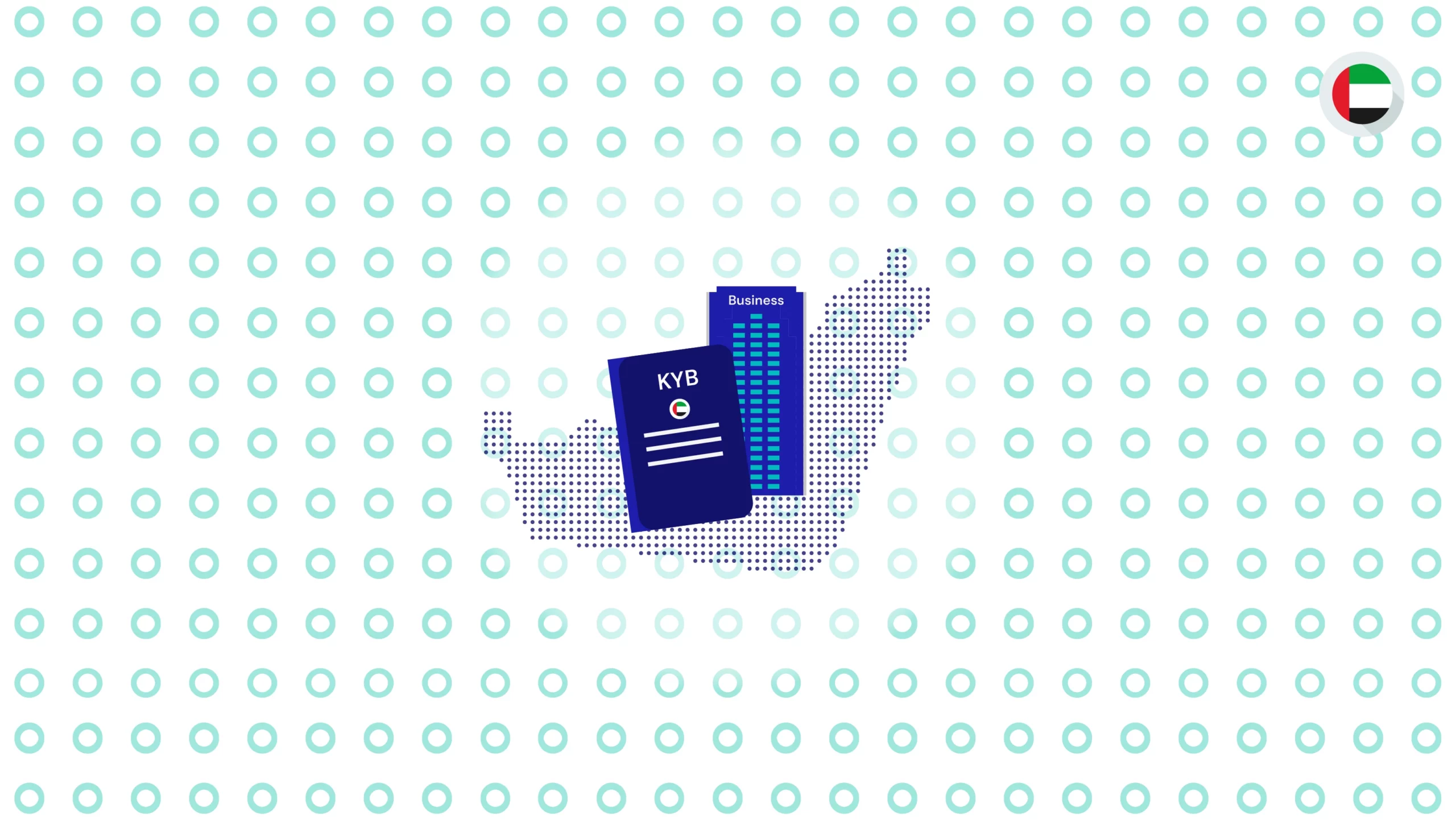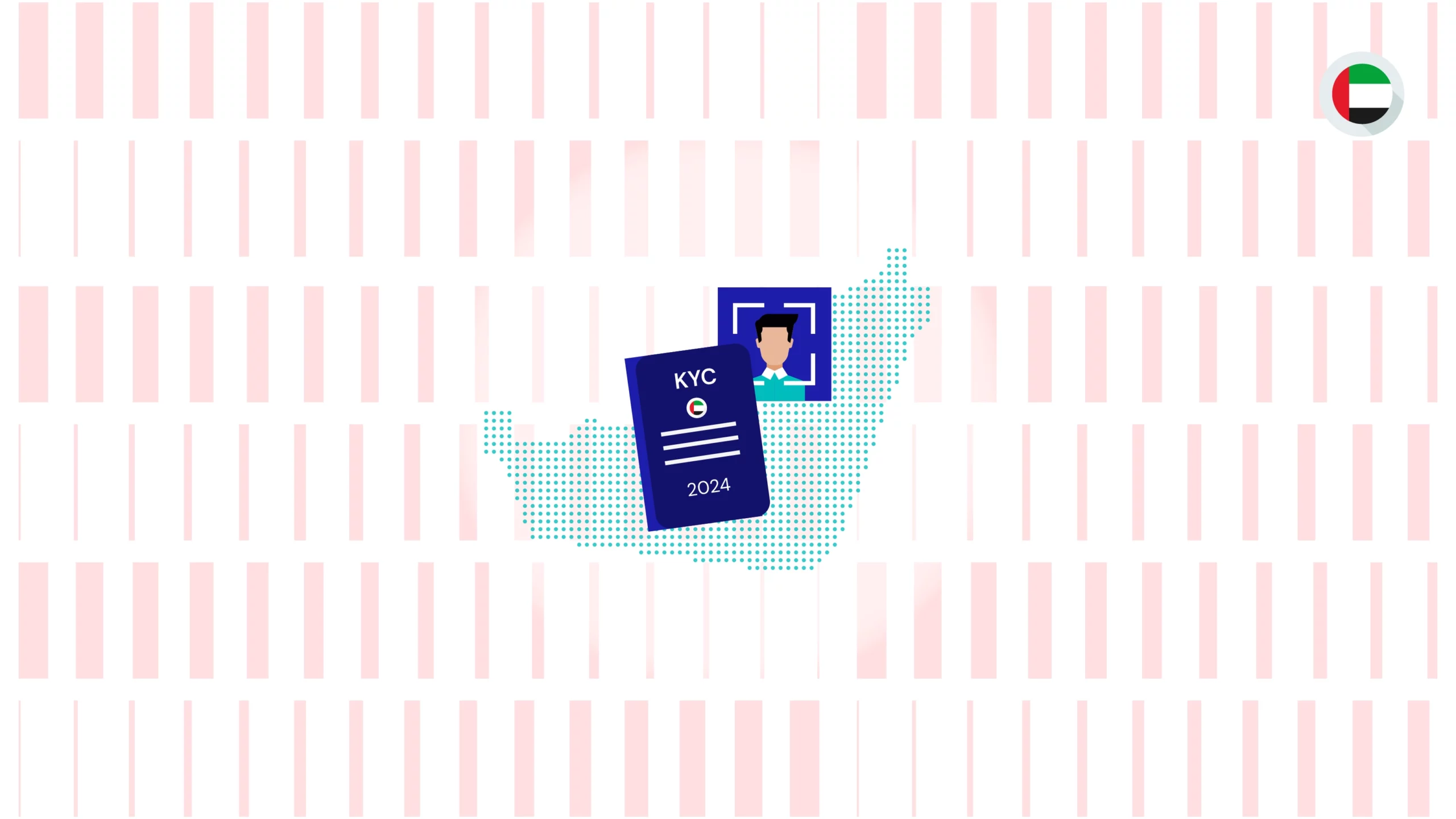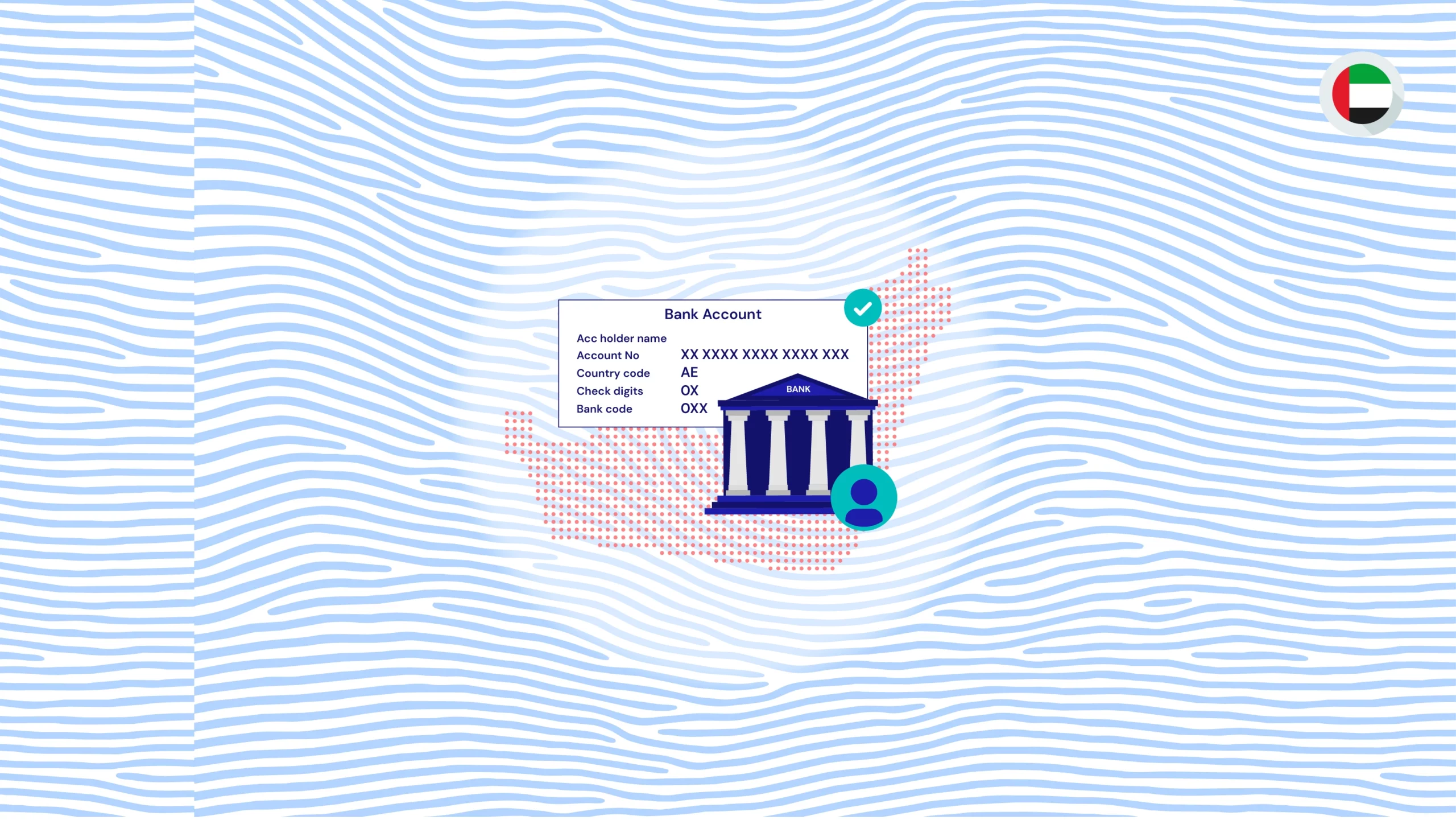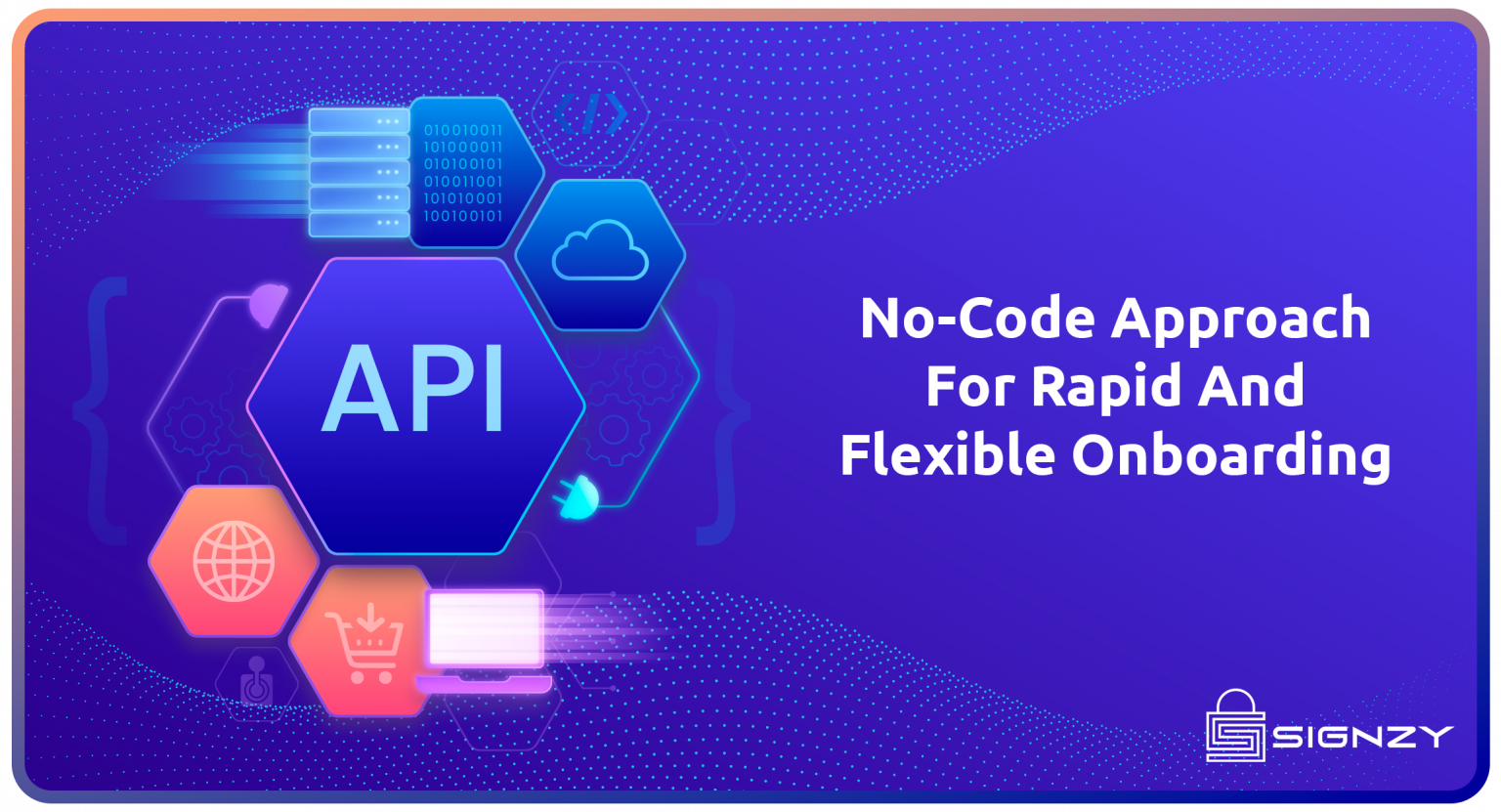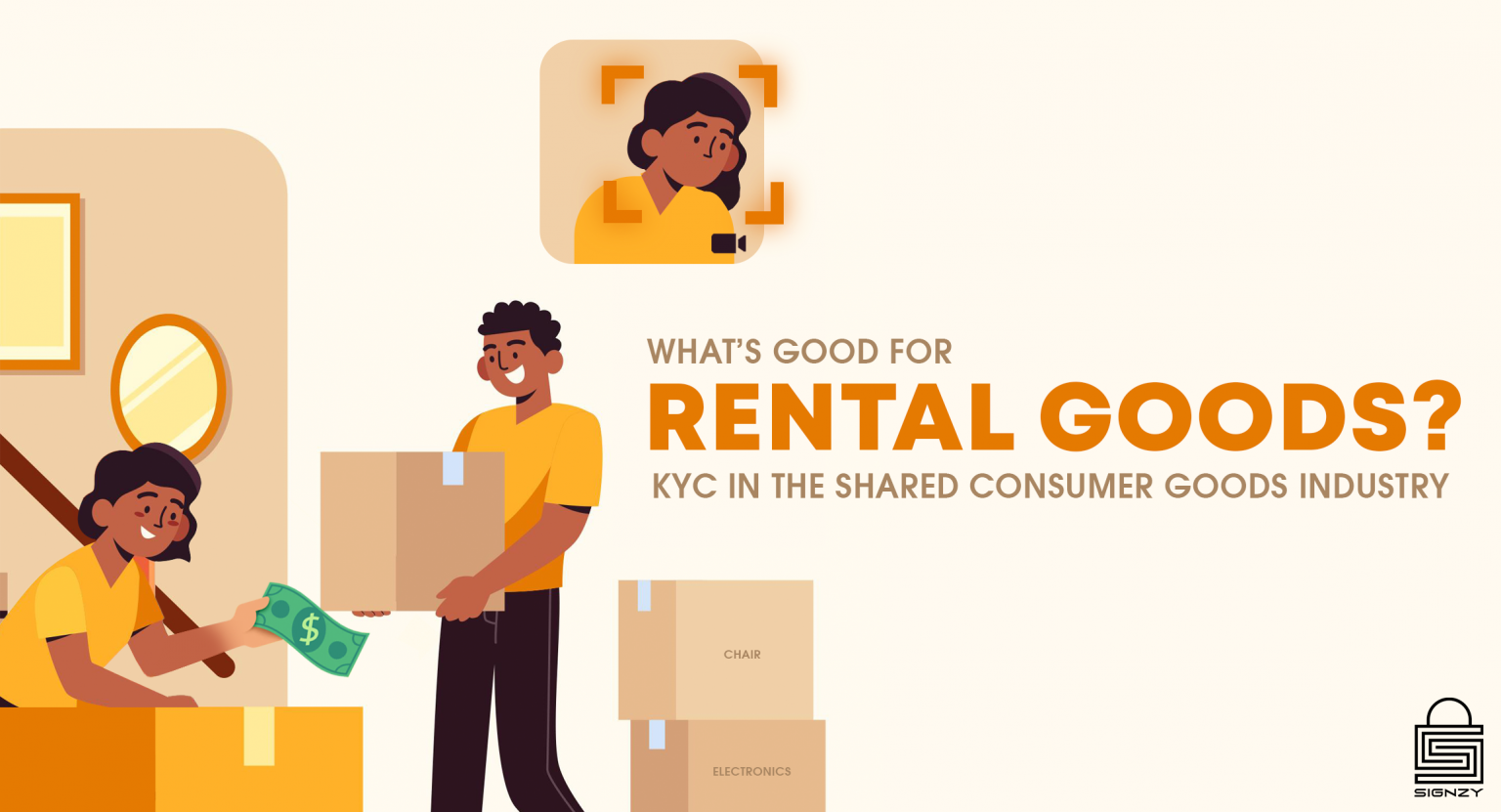Overcome Challenges and Implement Best Practices in Customer Onboarding
July 27, 2021
11 minutes read
Efficient and robust customer onboarding banking processes are a vital part of any bank’s compliance checks. Having an easy-to-use and seamless onboarding process allows financial institutions such as banks and NBFCs to keep up with the changing economic landscape. In addition, It leads to a solid ROI and creates a more enjoyable experience for the end customer.
Customers like to see digital experiences across critical services, especially in the finance industry. In the banking and financial services industry, customers now expect digital experiences across critical services. This is especially significant for client onboarding banking, which is the complete process through which an individual begin theirer journey as a customer or client of a bank or financial institution.
Learn about customer onboarding in the banking sector
Customer onboarding in banking refers to the steps taken by a bank to welcome a new business customer. To comply with KYC standards, this usually entails acquiring important information about the customer and conducting identity checks.
In banking and financial institutions, customer onboarding necessitates proactive communication and participation from several departments within the bank, including credit, operations, compliance, legal, front office, risk, and tax.
According to Forrester’s study, institutions with partial solutions with basic workflows require two to twelve weeks to enroll new clients. New technology has been introduced by many banks in the last few years to create greater efficiency and a better customer experience.
Key challenges in customer onboarding
An inefficient customer onboarding in the banking and financial services sector is resulting in hefty losses in terms of converting engaged customers. Between 2009 and mid-2016, banks were fined more than $200 billion for anti-money laundering violations, which had serious consequences for their onboarding operations. To combat this, banks have begun to tighten their Know-Your-Customer (KYC) and onboarding processes, resulting in a significant increase in onboarding costs. This has harmed the client acquisition process, generating unnecessary delays and long time-to-cash cycles, producing friction in a business customer’s day-to-day operations, and resulting in a significant loss of revenue.
In the rush to optimise their client onboarding banking journey to the point where it is an asset in the struggle to attract new customers and expand market share, banks and financial institutions are falling short. A recent report by HooYu found that:
- 86% of fintech intend to focus on the effectiveness of customer onboarding while only 43% would like to focus on driving further traffic to the top of the customer onboarding funnel with PPC advertising
- Modern fintech companies are placing an increased emphasis on integrating onboarding technology providers and A/B testing compared to traditional financial services firms.
- The single biggest customer onboarding drop-out comes when customers are asked to produce ID documentation. 50% of fintech believe this to be the area of significant customer abandonment.
Here are some of the primary difficulties that banks and their commercial customers experience as a result of the old onboarding process’ inefficiencies:
Customer Challenges
- Complicated and time-consuming application process without adequate guidance and/or assistance.
- Restricted communication and lack of transparency in the application process resulting in trust issues.
- Wastage of time due to abrupt requests for documentation and duplicate/incomplete data entry in the paper-based process.
- Excessive turn-around-time in customer onboarding impacting business transactions and cash flow.
- Lack of personalization and proper assessment of the customer’s needs while guiding them through the products and services prompting them to switch banks.
Bank Challenges
- Fast evolving regulatory requirements and stringent laws are resulting in complex customer onboarding in banking.
- Inability to manage customer expectations across digital touchpoints during their various stages of the buying journey.
- Longer onboarding time leads to lost cross-sell/up-sell opportunities with customers during their initial engagement period when their propensity to sign-up for additional services is high.
- Missing single-view of the customer information impedes using existing customer data efficiently and any meaningful data analytics to give any conclusive customer insights.
- Managing frustration due to delays, convoluted processes, and bureaucracy impacts the sales operations, which leads to up to 3/4th of customer onboarding requests not being able to reach fulfillment i.e. final stage of account opening.
Best practices for customer onboarding in banking
An Intuitive Mobile-First Solution
Customers are used to interacting with their phones and are disappointed when they don’t like the initial banking experiences. Almost half of the bank account applicants have abandoned the first few days of application for a bank account. The culprit is paperwork-laden processes that drive consumers to seek out digital-first alternatives.
Even though it is not as large a screen for a smartphone, the application experience should be enjoyable. Favorable mobile application experience limit the number of fields that are displayed on each page. Applications should be as easy to complete on mobile as on a desktop.
A customer can start and finish their banking experience with a simple text message on their mobile phone. Clicking on a link in the message will take the customer to a secured portal where they can do everything from interacting and completing steps to uploading supporting documents and identification.
When applying for a bank account, over half of clients claim they skipped the onboarding process. Cutting-edge banking technology allows customers to begin and finish their transactions with a simple text message from their mobile phone.
Eliminating Paperwork
Flexibility can be offered for how agreement details, legalese, and lengthy terms are presented and reviewed by consumers with the use of digital contract technologies. For example, It’s possible to present TILA disclosure tables in a variety of mobile-friendly formats, with the help of mobile-friendly document generation tools. If the only solution you can come up with is a static PDF that requires a microscope to read on mobile devices, then it should be done differently.
The new solutions enable banks to get legally binding customer consent from wherever they are. The customer can access and sign a secured document by clicking on the link in a text message. Banks can save money and time with the easy process because it eliminates cycle time and compliance exposure. The completion rates for customers are much higher when they use the smart eForms. It’s easy to complete eForms that are mobile-friendly, simplified in their presentation, and leverage autofill and CRM-prefill. Service reps can assist with the customer while also viewing the same form at the same time.
Without missing anything, the smart eForms ensure that the process is complete in a fast and accurate manner. Then eForms can be submitted from any device. In addition to this, terms and conditions can be presented in a format that is more user-friendly instead of having a service rep read them from a script.
Digital KYC
The benefits of digitising the ID collection process are several, the most important of which is that it lowers fraud. Financial associates aren’t always trained to recognise false or invalid identification cards. Financial organisations can confirm that IDs are authentic and relieve their workers of this strain by automating the ID validation process. Furthermore, digital ID collection eliminates the need to scan and file paper copies of identification. Instead, the information can be stored digitally in a more secure and accessible location. Digital ID collecting improves the experience for clients who sign up at a brick and mortar branch or in a remote scenario because it can be done without anyone leaving their seat.
A consumer can use a mobile phone to capture and send photos of their face and driver’s licence for approval with advanced ID verification and authentication systems that include completely automated KYC. Onboarding time is decreased, fraud risk is lowered, and even the most stringent ID and verification requirements are met promptly.
Automation and Real-Time Support
A digital customer onboarding banking process enables data to be pulled from Customer Relationship Management (CRM) systems like Salesforce or custom-built solutions to automatically populate contracts for additional services to expand the relationship. For customers, having contract fields already filled in is the ideal experience; it saves time and demonstrates the value of existing banking relationships. For banks, not only do completion rates improve, but re-keyed data errors are also reduced. This enables you to walk the customer through the process step by step, adapt to their needs and risk profiles, and skip questions based on past responses.
When the questioning is finished, the system can use the responses to build a signature-ready agreement for the customer. It’s a streamlined, mobile-friendly way for customers to navigate a difficult application procedure. For banks, it’s a method to boost completion rates, cut support expenses, and lower Not-In-Good-Order (NIGO) rates, all of which minimise the cost and time it takes for manual review and remediation.
Benefits of improving customer onboarding in banking
Consistency: Consistent design and a cohesive domain experience show customers that the application is being offered by someone that they know and can trust. While sharing personal and financial information during the customer onboarding banking process, they should feel secure and confident.
Ease of use: An intuitive application experience makes it easy for the customers to navigate or fill in their details. Seamless applications that allow customers to start and stop the process across platforms to further enhance the overall experience. (e.g. If they start filling out the application on a phone and finish it on a laptop, that’s how it will go.)
Clarity: The ability to connect with someone if the customer needs help is a hallmark of the best customer experiences. At the same time, the communication language used is clear and easy to understand, including error message explanations.
Efficiency: Customers can save time and avoid having to submit documents like account statements by connecting other accounts and pre-filling form blanks. These technologies improve efficiency and speed up the application process by removing needless manual labour.
Redefining customer experience & Future of customer onboarding
For the third year in a row, digital account opening (DAO) is the most popular banking technology. In 2020, almost 80% of all financial institutions will have introduced new DAO systems or modified current ones. – Forbes
Due to the COVID-19 pandemic, banks and financial institutions have started realizing the potential of digitization in the customer onboarding banking process. Digital identity solutions enable customers to safely access banking services and help banks offer customer-driven, mobile, and secured services. To provide a hassle-free UX while avoiding identity fraud, FIs need to focus on the following critical areas in their digital services.:
- Provision of strong identity verification technologies and mechanisms
- Provision of robust biometric verification
- Provision of additional verification services for scoring, reputation, and risk management
- Provision of a frictionless digital user experience for apps and services
- Ensure that state-of-the-art security checks are performed in accordance with regulations.
When it comes to providing banking services, the better the customer service, the more customers will be willing to start a relationship with the financial institution. Emerging technologies being tested for client onboarding banking have a lot of promise in terms of speeding up the process, reducing duplicate data entry, and improving risk and compliance scoring accuracy.
About Signzy
Signzy is a market-leading platform redefining the speed, accuracy, and experience of how financial institutions are onboarding customers and businesses – using the digital medium. The company’s award-winning no-code GO platform delivers seamless, end-to-end, and multi-channel onboarding journeys while offering customizable workflows. In addition, it gives these players access to an aggregated marketplace of 240+ bespoke APIs that can be easily added to any workflow with simple widgets.
Signzy is enabling ten million+ end customer and business onboarding every month at a success rate of 99% while reducing the speed to market from 6 months to 3-4 weeks. It works with over 240+ FIs globally, including the 4 largest banks in India, a Top 3 acquiring Bank in the US, and has a robust global partnership with Mastercard and Microsoft. The company’s product team is based out of Bengaluru and has a strong presence in Mumbai, New York, and Dubai.
Visit www.signzy.com for more information about us.
You can reach out to our team at reachout@signzy.com.
Written By:

Signzy
Written by an insightful Signzian intent on learning and sharing knowledge.
